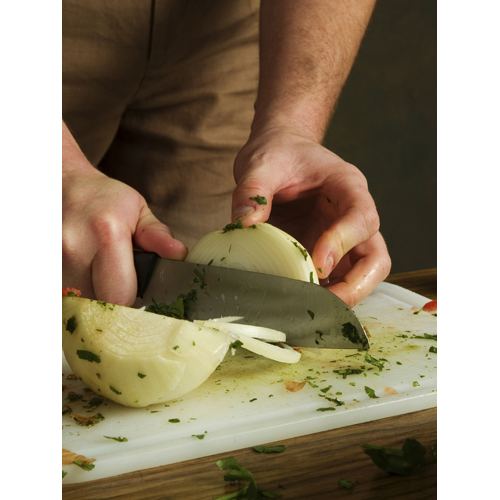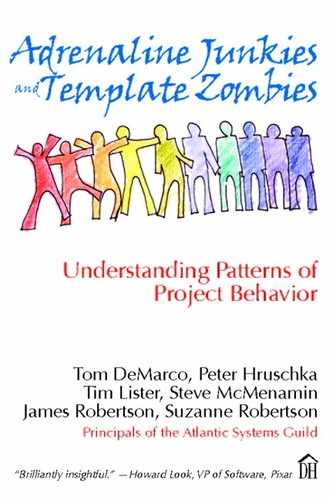60. Food++
,The members of the project team regularly eat their meals together, and when possible, plan and prepare them as a team.
During production of the wonderful anime movie Spirited Away, the director realized that the film would miss its summer opening unless the animation team quickened its pace. The team decided its best way forward was to work longer hours.
One night, when everybody was working late, one of the team artists took it upon himself to cook spaghetti all’amatriciana. Everybody who was still at work—and there were quite a few of them—ate together and declared that they loved the experience. The following night, a different team member decided she would cook for everybody, and the night after that, someone else took a turn cooking. And so, a team tradition came about.

Each night, one or other of the team members would prepare a meal for everybody. Even the director, Hayao Miyazaki, decided to show off his skills and cooked a noodle dish that was a culinary triumph. This simple act of cooking for the rest of the group had a galvanizing effect: The animation team met its deadline, and the movie opened on time.
The rituals surrounding food—the preparation, the interactions while eating, the cleaning-up process—forge a bond among all who participate.
One team we knew was obsessive about its food. At lunchtime, one or more of the team members would rearrange tables in the cafe-teria—this was strictly against cafeteria policy—so that the entire team of sixteen could sit together. Places were guarded and interlopers were turned away until the entire team was seated and eating together.
These teammates didn’t eat together because the project manager asked them to—they felt it was part of being a team, and they wanted to eat with each other.
When late nights were called for, to meet some pressing deadline, the members who were not needed for urgent work would drive to the supermarket and bring back food. They could just as well have gone home instead, but they stayed to provide food for the late workers and to eat with them.
You will notice that something almost magical happens to a team when it plans and prepares a meal. First, there is the adventure of gathering ingredients. This is not fast food, and some teams thrive on making the search difficult by demanding hard-to-find ingredients. Then comes the preparation: The skilled cooks do the difficult preparation, while kitchen slaves (as they are affectionately known) take care of the grunt work. Still others set the table, and so forth.
The food, when it arrives, is a team product. “We built this, we made it all come together, and now we are going to enjoy eating it” is the collective thought of the team as it sits down to the communal meal. And for teams working on long, amorphous projects, this is a “project within the project,” one that can be completed quickly and savored.
You can also see an example of food bringing people together in the café society that has sprung up around the world. People regularly schedule business meetings in coffee shops. Laptops and papers compete with cappuccinos and croissants for table space. The feeling of intimacy brought about by sharing food—we consider coffee a food—makes the meeting more valuable. It is particularly telling that salesmen, trying to establish a strong connection with their prospects, make frequent use of cafés and food.
Eating together does not guarantee that your team will succeed, just as not eating together does not condemn your project to failure. However, we observe that many successful teams take advantage of the rich interactions that are part of preparing and eating food together.
